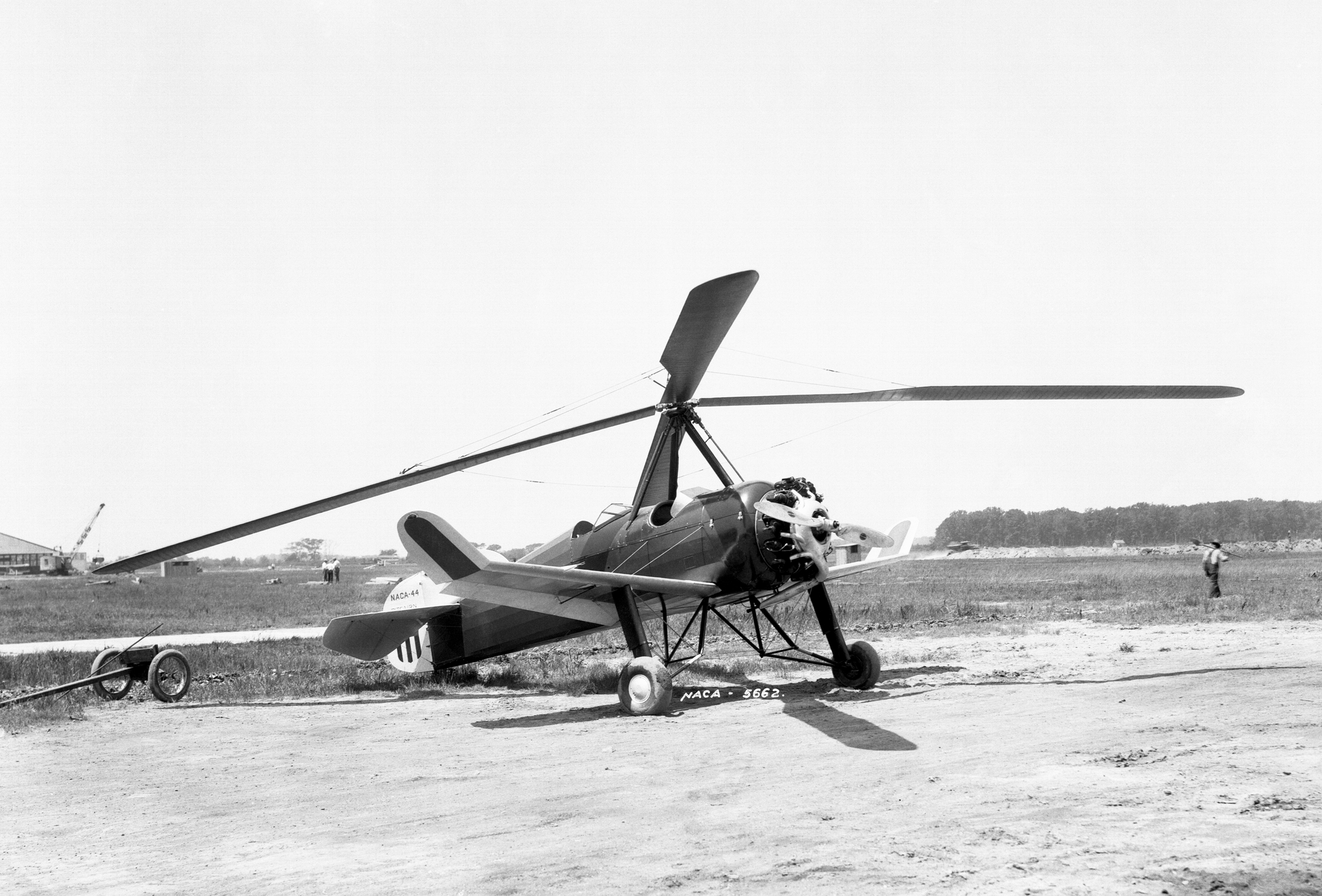|
Rotorcraft
A rotorcraft or rotary-wing aircraft is a heavier-than-air aircraft with rotary wings or rotor blades, which generate lift by rotating around a vertical mast. Several rotor blades mounted on a single mast are referred to as a rotor. The International Civil Aviation Organization (ICAO) defines a rotorcraft as "supported in flight by the reactions of the air on one or more rotors". Rotorcraft generally include aircraft where one or more rotors provide lift throughout the entire flight, such as helicopters, autogyros, and gyrodynes. Compound rotorcraft augment the rotor with additional thrust engines, propellers, or static lifting surfaces. Some types, such as helicopters are capable of vertical takeoff and landing. An aircraft which uses rotor lift for vertical flight but changes to solely fixed-wing lift in horizontal flight is not a rotorcraft but a convertiplane. Classes of rotorcraft Helicopter A helicopter is a rotorcraft whose rotors are driven by the engine(s) throughout ... [...More Info...] [...Related Items...] OR: [Wikipedia] [Google] [Baidu] |
Fenestron
A Fenestron (sometimes alternatively referred to as a fantail or a "fan-in-fin" arrangementLeishman 2006, p. 321.) is an enclosed helicopter tail rotor that operates like a ducted fan. The term ''Fenestron'' is a trademark of multinational helicopter manufacturing consortium Airbus Helicopters (formerly known as Eurocopter). The word itself comes from the Occitan term for a ''small window'', and is ultimately derived from the Latin word ''fenestra'' for ''window''.Prouty, Ray. ''Helicopter Aerodynamics'', Helobooks, 1985, 2004. p. 266. The Fenestron differs from a conventional open tail rotor by being integrally housed within the tail boom, and like the conventional tail rotor it replaces, functions to counteract the torque generated by the main rotor. While conventional tail rotors typically have two or four blades, Fenestrons have between seven and eighteen blades; these may have variable angular spacing so that the noise is distributed over different frequencies. By placing t ... [...More Info...] [...Related Items...] OR: [Wikipedia] [Google] [Baidu] |
Tip Jet
A tip jet is a jet nozzle at the tip of some helicopter rotor blades, used to spin the rotor, much like a Catherine wheel firework. Tip jets replace the normal shaft drive and have the advantage of placing no torque on the airframe, thus not requiring the presence of a tail rotor. Some simple monocopters are composed of nothing but a single blade with a tip rocket. Tip jets can use compressed air, provided by a separate engine, to create jet thrust. Other types use a system that functions similarly to the afterburner (reheat) on a conventional jet engine, except that instead of reheating a gas jet, they serve as the primary heater, creating greater thrust than the flow of pre-compressed air alone; the best description of this is ''thrust augmentation''. Other designs includes ramjets or even a complete turbojet engine. Some, known as Rocket On Rotor systems, involve placing rockets on the tips of the rotor blades that are fueled from an onboard fuel tank. If the helicopter's ... [...More Info...] [...Related Items...] OR: [Wikipedia] [Google] [Baidu] |
Tipjet
A tip jet is a jet nozzle at the tip of some helicopter rotor blades, used to spin the rotor, much like a Catherine wheel firework. Tip jets replace the normal shaft drive and have the advantage of placing no torque on the airframe, thus not requiring the presence of a tail rotor. Some simple monocopters are composed of nothing but a single blade with a tip rocket. Tip jets can use compressed air, provided by a separate engine, to create jet thrust. Other types use a system that functions similarly to the afterburner (reheat) on a conventional jet engine, except that instead of reheating a gas jet, they serve as the primary heater, creating greater thrust than the flow of pre-compressed air alone; the best description of this is ''thrust augmentation''. Other designs includes ramjets or even a complete turbojet engine. Some, known as Rocket On Rotor systems, involve placing rockets on the tips of the rotor blades that are fueled from an onboard fuel tank. If the helicopter's e ... [...More Info...] [...Related Items...] OR: [Wikipedia] [Google] [Baidu] |
Helicopter
A helicopter is a type of rotorcraft in which lift and thrust are supplied by horizontally spinning rotors. This allows the helicopter to take off and land vertically, to hover, and to fly forward, backward and laterally. These attributes allow helicopters to be used in congested or isolated areas where fixed-wing aircraft and many forms of STOL (Short TakeOff and Landing) or STOVL (Short TakeOff and Vertical Landing) aircraft cannot perform without a runway. In 1942, the Sikorsky R-4 became the first helicopter to reach full-scale production.Munson 1968.Hirschberg, Michael J. and David K. Dailey"Sikorsky". ''US and Russian Helicopter Development in the 20th Century'', American Helicopter Society, International. 7 July 2000. Although most earlier designs used more than one main rotor, the configuration of a single main rotor accompanied by a vertical anti-torque tail rotor (i.e. unicopter, not to be confused with the single-blade monocopter) has become the most comm ... [...More Info...] [...Related Items...] OR: [Wikipedia] [Google] [Baidu] |
Gyrodyne
A gyrodyne is a type of VTOL aircraft with a helicopter rotor-like system that is driven by its engine for takeoff and landing only, and includes one or more conventional propeller (aircraft), propeller or jet engines to provide forward thrust during Cruise (aeronautics), cruising flight. During forward flight the rotor is unpowered and free-spinning, like an autogyro (but unlike a compound helicopter), and Lift (force), lift is provided by a combination of the rotor and conventional wings. The gyrodyne is one of a number of similar concepts which attempt to combine helicopter-like low-speed performance with conventional fixed-wing high-speeds, including tiltrotors and tiltwings. In response to a Royal Navy request for a helicopter, Dr. James Allan Jamieson Bennett designed the gyrodyne whilst serving as the chief engineer of the Cierva Autogiro Company. The gyrodyne was envisioned as an intermediate type of rotorcraft, its rotor operating parallel to the flightpath to minimize a ... [...More Info...] [...Related Items...] OR: [Wikipedia] [Google] [Baidu] |
Autogyro
An autogyro (from Greek and , "self-turning"), also known as a ''gyroplane'', is a type of rotorcraft that uses an unpowered rotor in free autorotation to develop lift. Forward thrust is provided independently, by an engine-driven propeller. While similar to a helicopter rotor in appearance, the autogyro's rotor must have air flowing across the rotor disc to generate rotation, and the air flows upwards through the rotor disc rather than down. The autogyro was invented by Spanish engineer Juan de la Cierva in an attempt to create an aircraft that could fly safely at low speeds. He first flew one on 9 January 1923, at Cuatro Vientos Airfield in Madrid. The aircraft resembled the fixed-wing aircraft of the day, with a front-mounted engine and propeller. Cierva's autogyro is considered the predecessor of the modern helicopter. The success of the autogyro garnered the interest of industrialists and under license from Cierva in the 1920s and 1930s, the Pitcairn & Kellett compan ... [...More Info...] [...Related Items...] OR: [Wikipedia] [Google] [Baidu] |
Aircraft
An aircraft is a vehicle that is able to fly by gaining support from the air. It counters the force of gravity by using either static lift or by using the dynamic lift of an airfoil, or in a few cases the downward thrust from jet engines. Common examples of aircraft include airplanes, helicopters, airships (including blimps), gliders, paramotors, and hot air balloons. The human activity that surrounds aircraft is called ''aviation''. The science of aviation, including designing and building aircraft, is called '' aeronautics.'' Crewed aircraft are flown by an onboard pilot, but unmanned aerial vehicles may be remotely controlled or self-controlled by onboard computers. Aircraft may be classified by different criteria, such as lift type, aircraft propulsion, usage and others. History Flying model craft and stories of manned flight go back many centuries; however, the first manned ascent — and safe descent — in modern times took place by larger hot-air ... [...More Info...] [...Related Items...] OR: [Wikipedia] [Google] [Baidu] |
Helicopter Rotor
A helicopter main rotor or rotor system is the combination of several rotary wings (rotor blades) with a control system, that generates the aerodynamic lift force that supports the weight of the helicopter, and the thrust that counteracts aerodynamic drag in forward flight. Each main rotor is mounted on a vertical mast over the top of the helicopter, as opposed to a helicopter tail rotor, which connects through a combination of drive shaft(s) and gearboxes along the tail boom. The blade pitch is typically controlled by the pilot using the helicopter flight controls. Helicopters are one example of rotary-wing aircraft (rotorcraft). The name is derived from the Greek words ''helix'', helik-, meaning spiral; and ''pteron'' meaning wing. Design principles Overview The helicopter rotor is powered by the engine, through the transmission, to the rotating mast. The mast is a cylindrical metal shaft that extends upward from—and is driven by—the transmission. At the top of the mast i ... [...More Info...] [...Related Items...] OR: [Wikipedia] [Google] [Baidu] |
Quadcopter
A quadcopter or quadrotor is a type of helicopter with four Helicopter rotor, rotors. Although quadrotor helicopters and convertiplanes have long been flown experimentally, the configuration remained a curiosity until the arrival of the modern UAV or drone. The small size and low inertia of drones allows use of a particularly simple flight control system, which has greatly increased the practicality of the small quadrotor in this application. Design principles Each rotor produces both lift (force), lift and torque about its center of rotation, as well as drag force, drag opposite to the vehicle's direction of flight. Quadcopters generally have two rotors spinning clockwise (CW) and two counterclockwise (CCW). Flight control is provided by independent variation of the speed and hence lift and torque of each rotor. Pitch and roll are controlled by varying the net centre of thrust, with yaw controlled by varying the net torque. Unlike conventional helicopters, quadcopters do no ... [...More Info...] [...Related Items...] OR: [Wikipedia] [Google] [Baidu] |
Monocopter
A monocopter or gyropter is a rotorcraft that uses a single rotating blade. The concept is similar to the whirling helicopter seeds that fall from some trees. The name gyropter is sometimes applied to monocopters in which the entire aircraft rotates about its center of mass as it flies. The name "monocopter" has also been applied to the personal jet pack constructed by Andreas Petzoldt. History Papin-Rouilly The ''Gyroptère'' was designed in 1913–1914 by Alphonse Papin and Didier Rouilly in France, inspired by a maple seed. Papin and Rouilly obtained French patents 440,593 and 440,594 for their invention, and later obtained US patent 1,133,660 in 1915. The Gyroptère was characterized in the contemporary French journal ''La Nature'' in 1914 as "" (a giant boomerang). Following demonstrations of small rocket-powered models, the Army ordered a manned prototype in 1913. Papin and Rouilly's "Gyroptère" weighed including the float on which it was mounted. It had a single ho ... [...More Info...] [...Related Items...] OR: [Wikipedia] [Google] [Baidu] |
Juan De La Cierva
Juan de la Cierva y Codorníu, 1st Count of la Cierva (; 21 September 1895 in Murcia, Spain – 9 December 1936 in Croydon, United Kingdom) was a Spanish civil engineer, pilot and a self taught aeronautical engineer. His most famous accomplishment was the invention in 1920 of a rotorcraft called ''Autogiro'',''Aero Digest'', Feb 1939, page 27 a single-rotor type of aircraft that came to be called autogyro in the English language. In 1923, after four years of experimentation, De la Cierva developed the articulated rotor, which resulted in the world's first successful flight of a stable rotary-wing aircraft, with his C.4 prototype. Early life Juan de la Cierva was born to a wealthy, aristocratic Spanish family, and for a time his father was the War Minister. At the age of eight he was spending his pocket money with his friends on experiments with gliders in one of his father's work sheds. In their teens they constructed an aeroplane from the wreckage they had bought from a Frenc ... [...More Info...] [...Related Items...] OR: [Wikipedia] [Google] [Baidu] |
VTOL
A vertical take-off and landing (VTOL) aircraft is one that can take off and land vertically without relying on a runway. This classification can include a variety of types of aircraft including helicopters as well as thrust-vectoring fixed-wing aircraft and other hybrid aircraft with powered rotors such as cyclogyros/cyclocopters and gyrodynes. Some VTOL aircraft can operate in other modes as well, such as CTOL (conventional take-off & landing), STOL (short take-off & landing), or STOVL (short take-off & vertical landing). Others, such as some helicopters, can only operate as VTOL, due to the aircraft lacking landing gear that can handle taxiing. VTOL is a subset of V/STOL (vertical or short take-off & landing). Some lighter-than-air aircraft also qualify as VTOL aircraft, as they can hover, takeoff and land with vertical approach/departure profiles. Electric vertical takeoff and landing aircraft, or eVTOLs, are being developed along with more autonomous flight control tech ... [...More Info...] [...Related Items...] OR: [Wikipedia] [Google] [Baidu] |
.jpg)
.jpg)
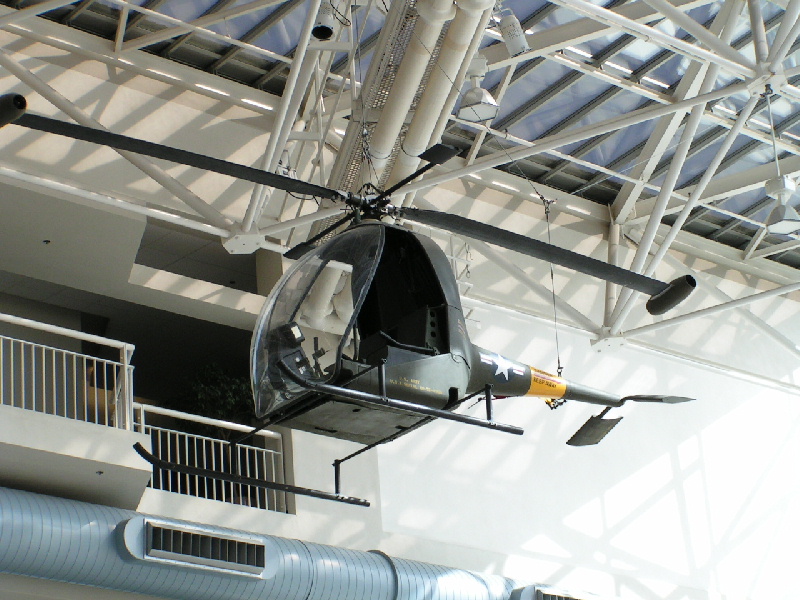

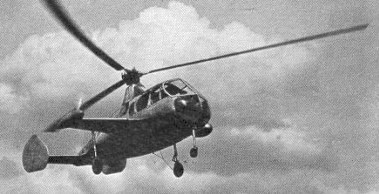
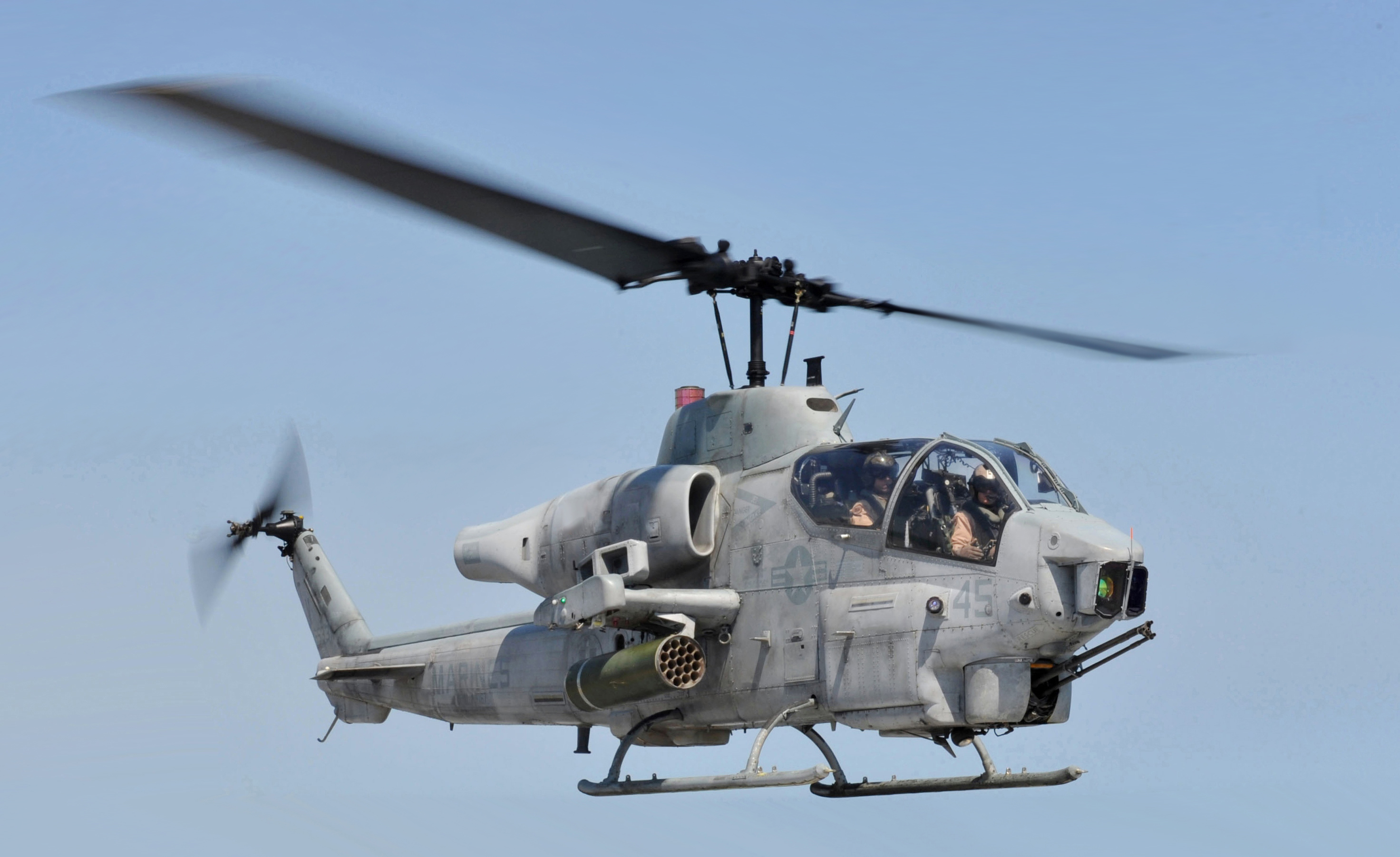
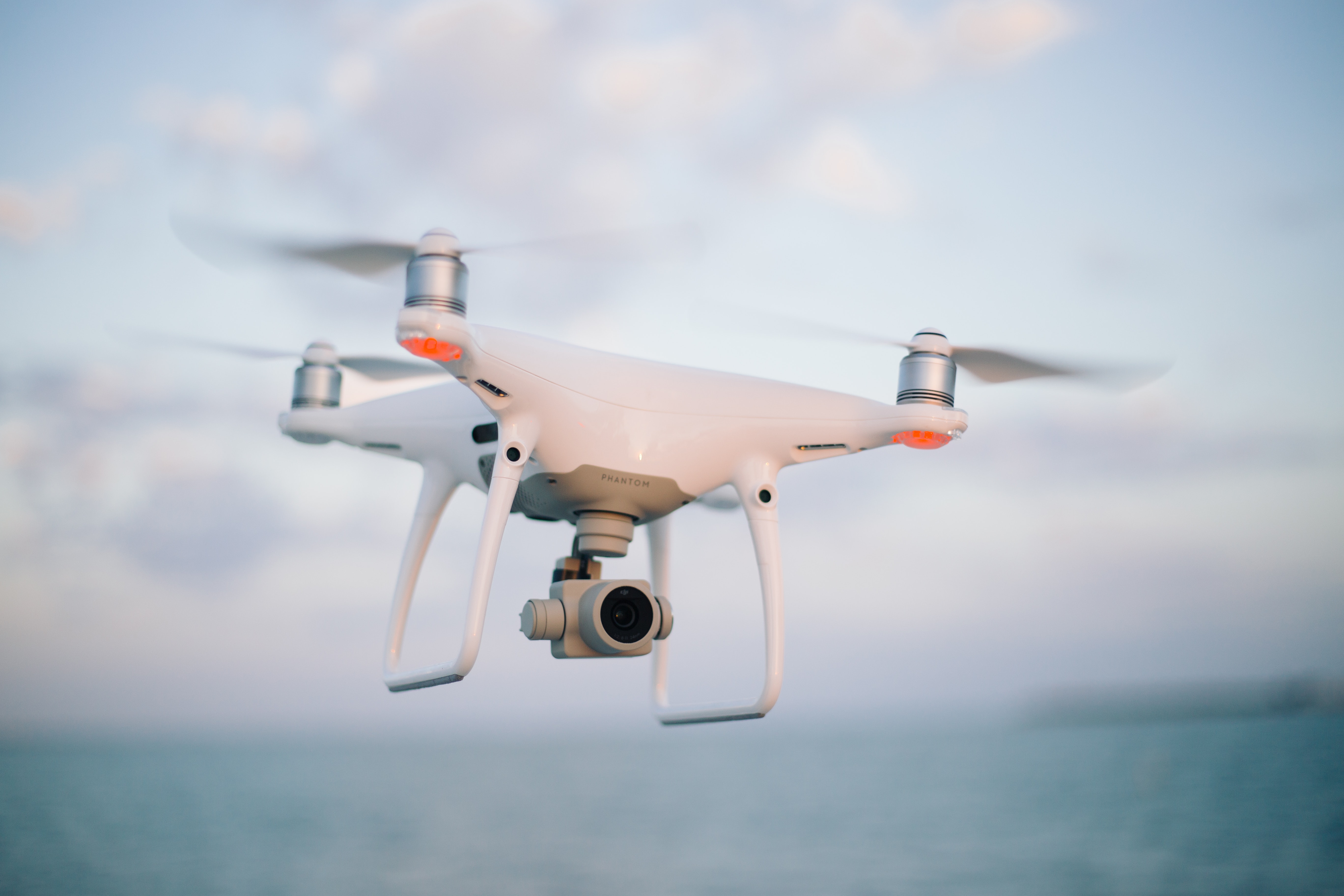
.jpg)
